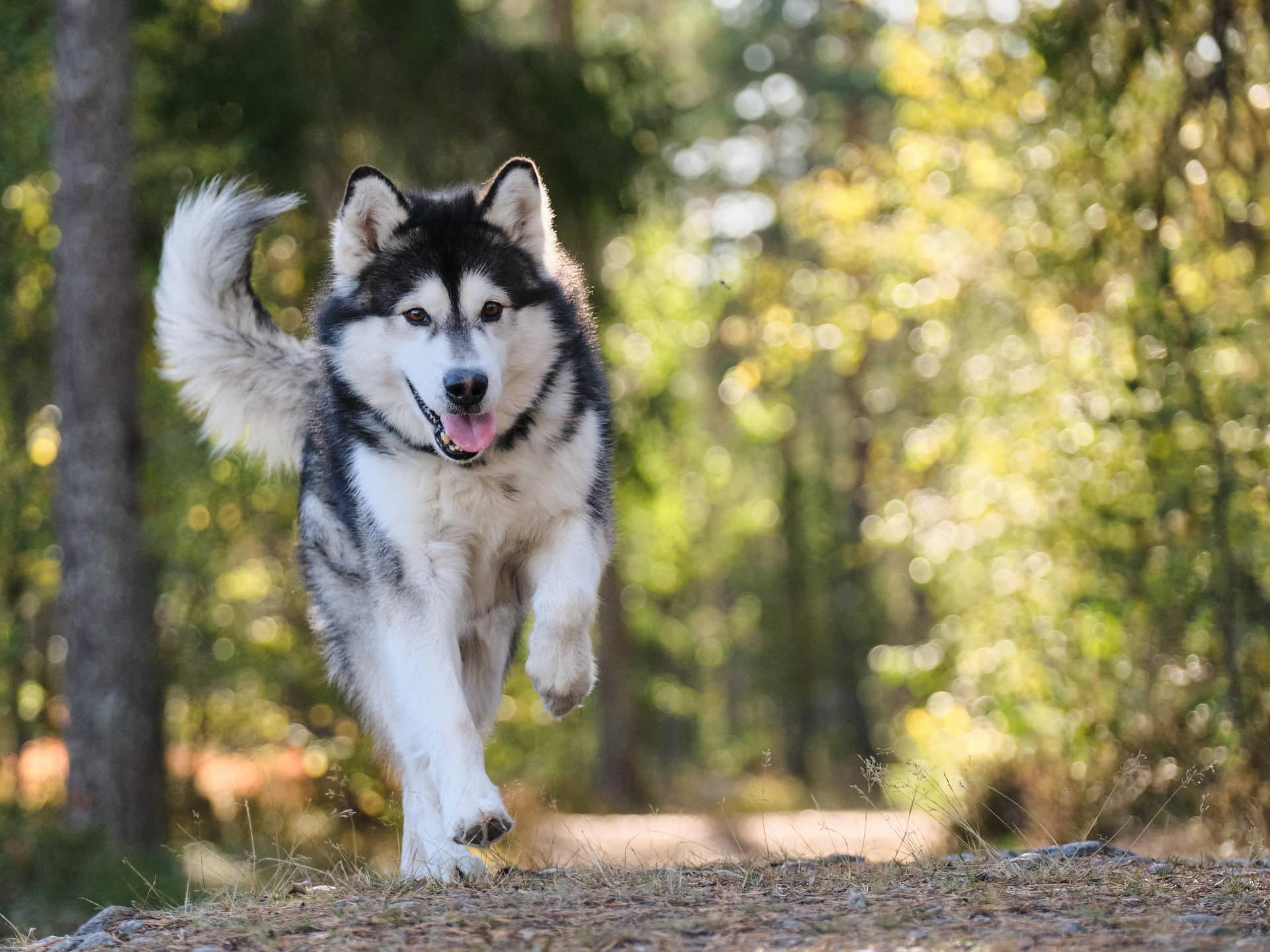Keeping Your Dog Active and Healthy

Just as you need regular workouts, your dog also benefits from daily exercise. A well-planned routine not only helps prevent obesity but also promotes healthy joints, boosts cardiovascular function, and strengthens the bond between you and your furry friend.
Factors Influencing Exercise Needs
Each dog is unique, and its exercise requirements vary based on several factors:
Breed
- Activity Level: Breeds such as Siberian Huskies and Jack Russell Terriers typically require vigorous exercise, whereas pugs or mastiffs may be content with shorter, gentler walks.
- Physical Limitations: Brachycephalic breeds (e.g., pugs) can struggle with high-intensity workouts due to breathing difficulties and heat risks.
Age
- Puppies: They enjoy short bursts of activity. A common guideline is five minutes of exercise per month of age (up to twice daily). However, avoid intense activities that might harm their developing joints.
- Seniors: Senior dogs still need exercise, but routines should be adjusted to accommodate conditions like arthritis. Gentle walks and low-impact activities are ideal.
Health Status
Conditions such as arthritis, respiratory or heart disease, obesity, and endocrine disorders (e.g., hypothyroidism or Cushing’s disease) can affect exercise tolerance. Always get your pet’s exercise plan approved by a veterinarian if health issues are present.
Personality
Even within the same breed, energy levels can differ. Some dogs may be more relaxed, while others require constant mental and physical stimulation.
General Exercise Guidelines
- Daily Activity: Aim for daily exercise to maintain health.
- Frequency Over Duration: Frequent, shorter sessions are more beneficial than infrequent long workouts.
- Intensity:
- Low-energy dogs: At least one 20-30 minute leisurely walk.
- High-energy dogs: Two brisk 30-minute walks or equivalent activity.
- Weather Considerations: Adjust routines during extreme temperatures and always provide water when needed.
- Veterinary Advice: Consult your vet for recommendations tailored to your dog’s breed, age, and health condition.
Alternative Exercise Ideas
Walking and running are great, but consider mixing in other activities to keep your dog engaged:
- Hiking: A change of scenery adds mental stimulation.
- Games: Activities such as fetch, tug-of-war, or hide-and-seek.
- Swimming: Perfect for safe, supervised water play.
- Agility Training: Joining classes or setting up a backyard course.
- Interactive Play: Dock diving or playing with other friendly dogs.
Recognizing Your Dog’s Exercise Needs
Signs of Insufficient Exercise
- Behavioral Issues: Increased anxiety, excessive barking, whining, or destructive habits.
- Restlessness: Repeated attempts to go outside or incessant toy-carrying.
- Health Concerns: Tendency toward obesity or early signs of arthritis.
Signs of Overexertion
- Fatigue Indicators: Trying to lie down mid-exercise or heavy panting.
- Physical Stress: Excessive drooling, reddened gums/tongue, or noticeable stiffness and limping.
- Heat Stress: Be alert for signs of overheating and act immediately if your pet shows these symptoms.
Conclusion
Tailor your dog’s daily exercise routine to their unique needs. Monitor their behavior and health as guides to adjust intensity and duration, and when in doubt, consult your veterinarian. With consistent and mindful activity, you can help ensure your pet stays fit, healthy, and happy.